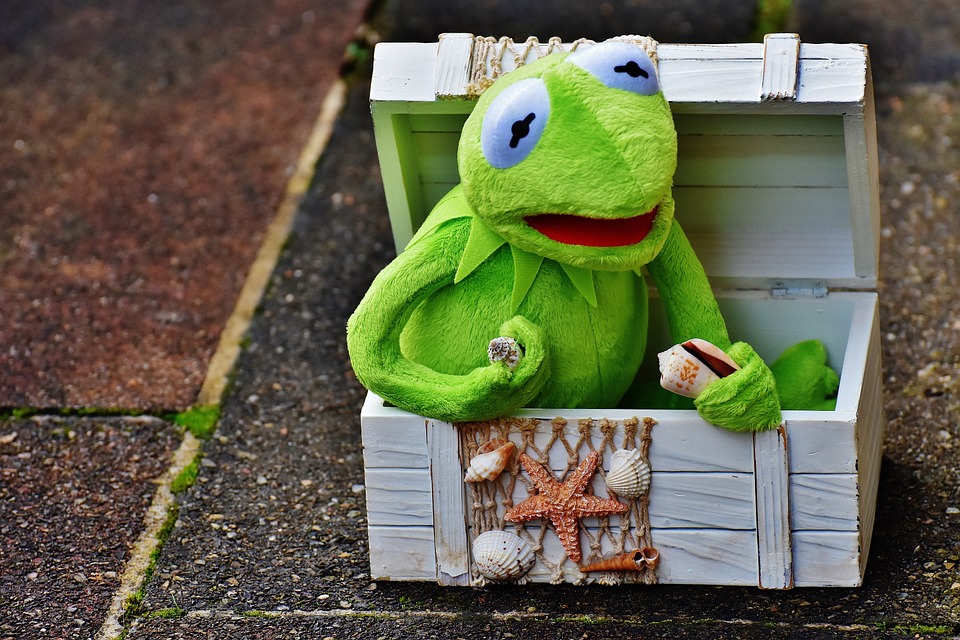Setting up a fish tank with proper water circulation is crucial for the health and well-being of marine fish. In this article, we will guide you through the steps of setting up a fish tank with optimal water circulation, ensuring the long-term success of your marine aquarium.
To achieve proper water circulation, you need to invest in quality equipment. The essential components include a water pump, powerhead, filtration system, and protein skimmer.
A reliable water pump is the heart of your aquarium’s circulation system. Look for a pump that is appropriate for the size of your tank and has adjustable flow rates to accommodate the needs of different marine fish species.
Powerheads are small, submersible pumps that help create additional water movement. They are particularly useful for simulating natural wave patterns, which many marine fish thrive in. Choose a powerhead with adjustable flow settings to customize the water movement.
A good filtration system is essential for maintaining water quality and removing waste from the tank. Consider a filter that incorporates mechanical, chemical, and biological filtration methods to ensure a healthy environment for your marine fish.
Protein skimmers help remove organic waste and dissolved organic compounds from the water. They are especially important for marine aquariums, as they prevent the accumulation of harmful substances that can compromise the health of your fish.
The correct placement of your equipment is vital for achieving optimal water circulation. Position the water pump at one end of the tank, preferably near the surface. Point the pump outlet towards the opposite side of the tank to create a circular flow pattern. Place the powerhead(s) strategically to create dynamic water movement. Aim them towards the water surface or at an angle to generate gentle waves. Install the filtration system as per the manufacturer’s instructions, and position the filter outflow close to the water pump. Depending on the skimmer type, position it either inside the tank or in the sump, ensuring it is placed after the filtration system.
After setting up the equipment, it is essential to fine-tune the water flow to meet the specific needs of your marine fish. Research the specific needs of your fish species to determine the ideal flow rates and wave patterns. Observe your fish closely to gauge their comfort level with the water movement. Gradually adjust the flow rates until your fish appear relaxed and active. Don’t hesitate to experiment with different flow patterns and intensities to find the perfect balance.
In conclusion, setting up a fish tank with proper water circulation is vital for the health and happiness of your marine fish. By investing in quality equipment, placing it strategically, and adjusting the water flow according to the needs of your fish, you can create a thriving aquatic environment that closely mimics their natural habitat. Remember to monitor your fish’s behavior and make necessary adjustments to ensure their well-being. Happy fishkeeping!









